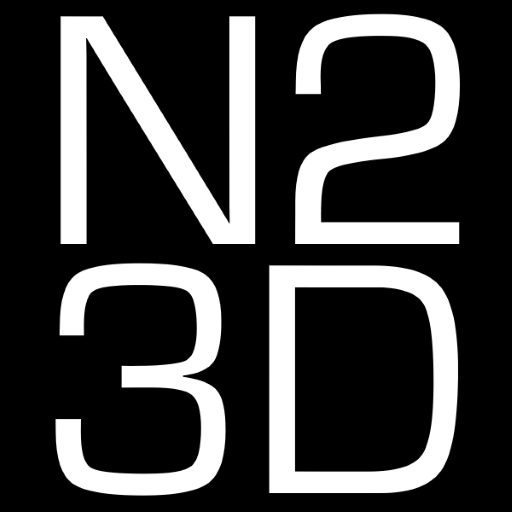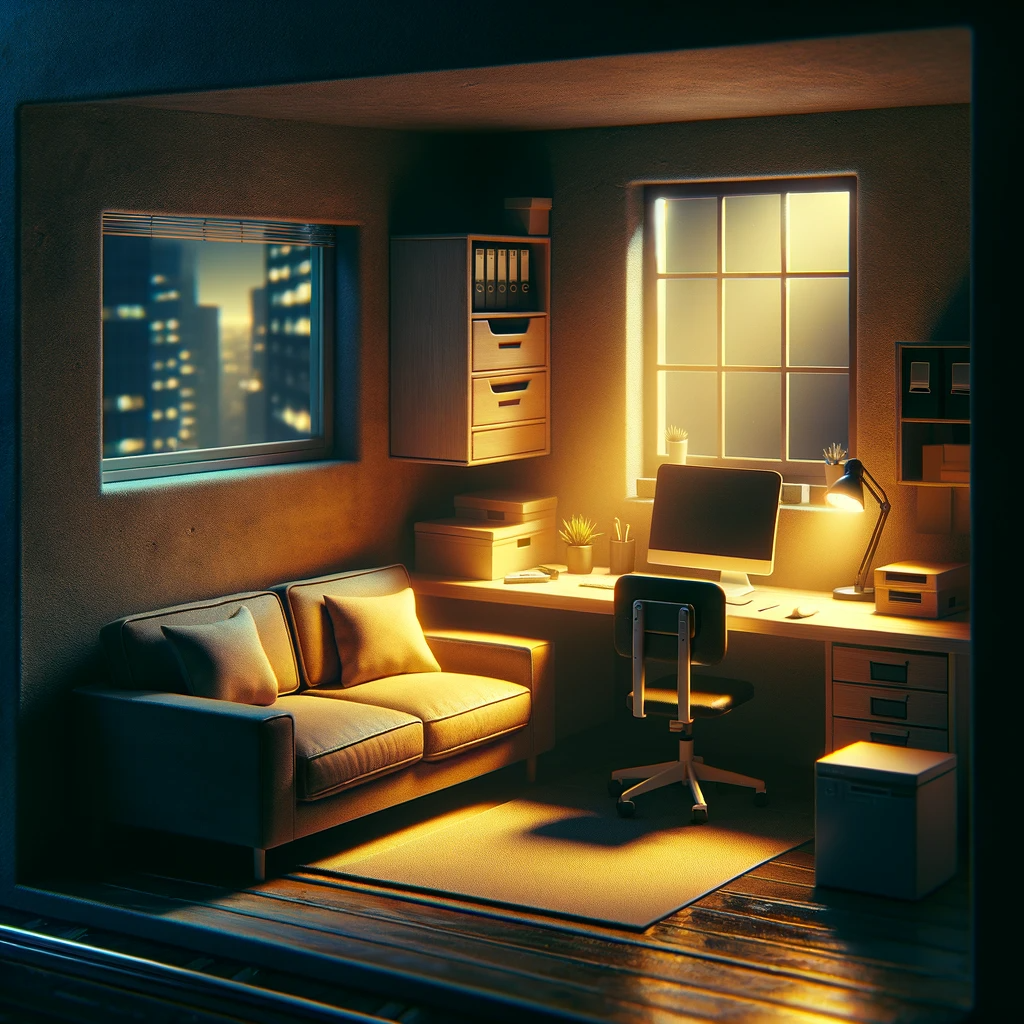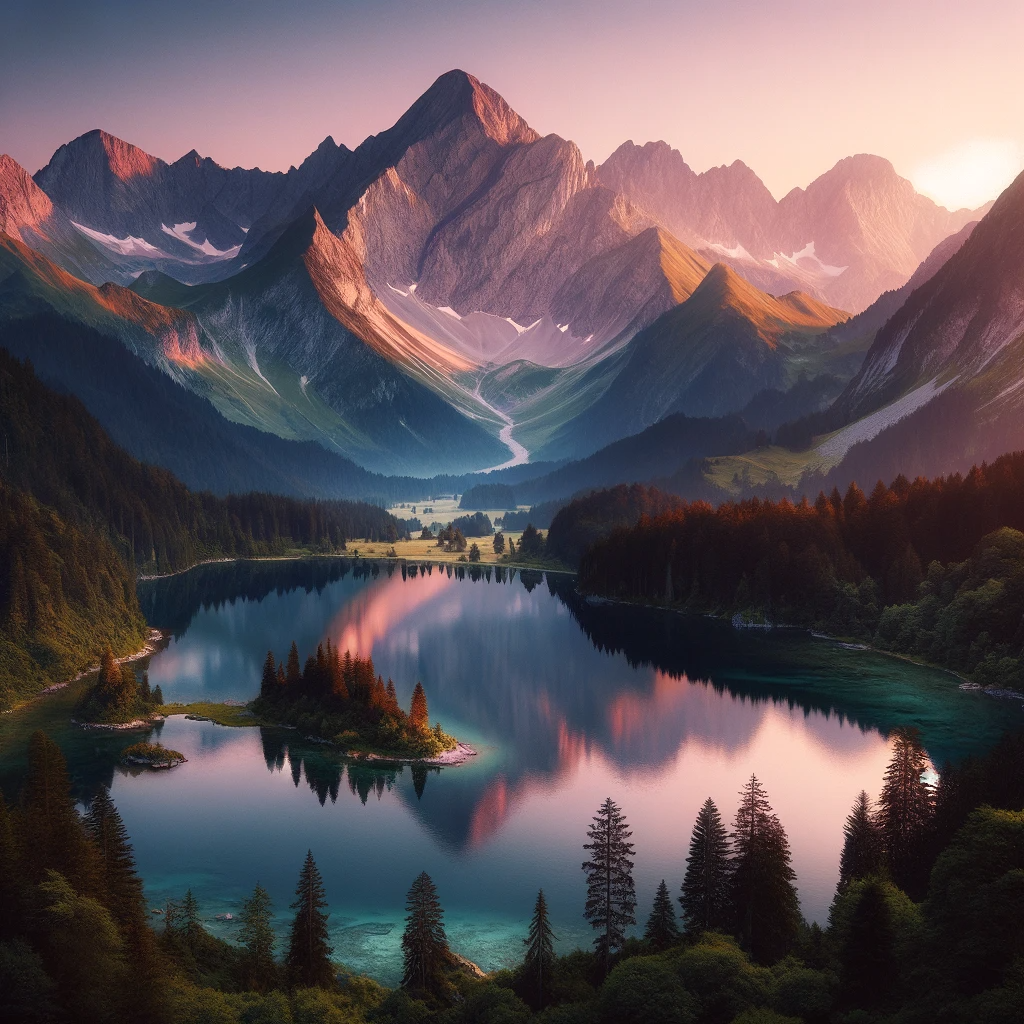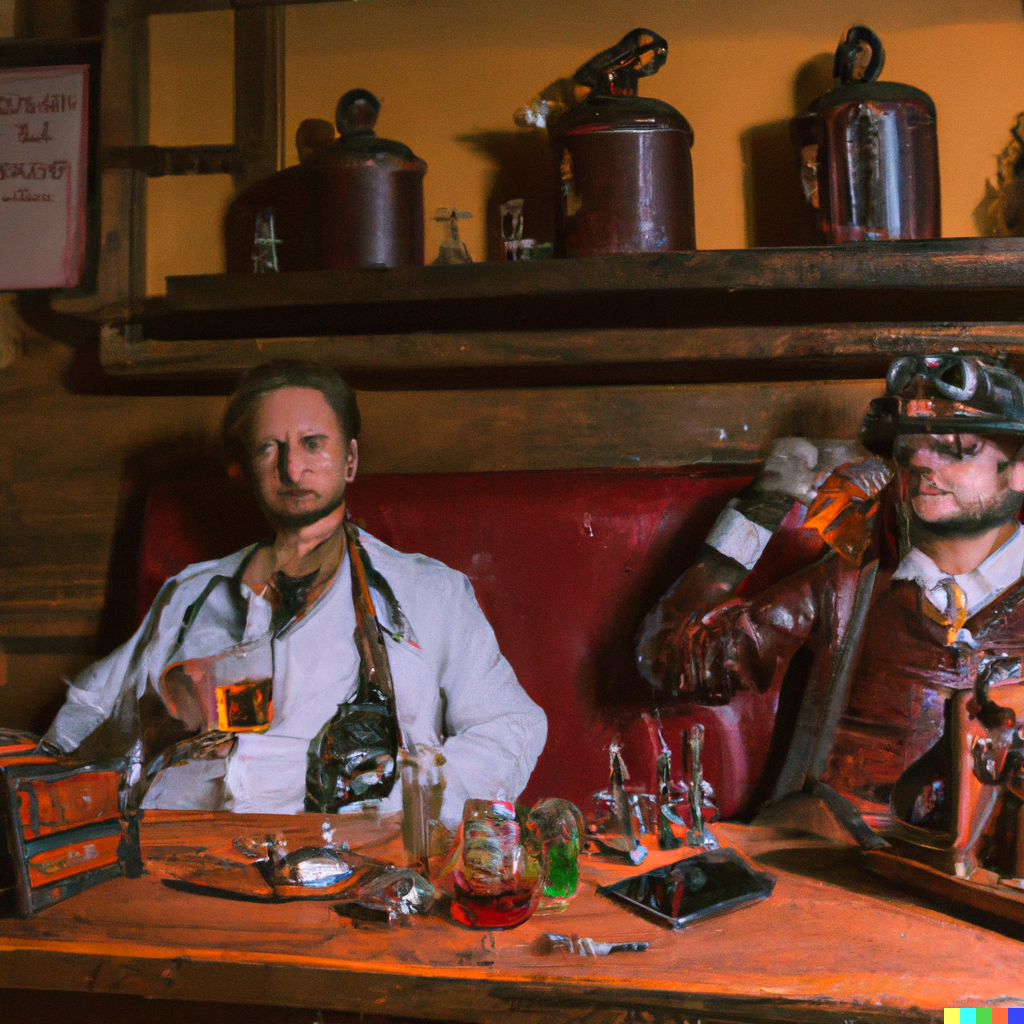Optics is a branch of physics that deals with the behavior and properties of light, including its interactions with matter. Some specializations in optics include:
- Optical Physics: The study of the properties and behavior of light, including the interactions between light and matter, the propagation of light, and the properties of optical materials.
- Photonics: The study of the generation, manipulation, and detection of light, with applications in telecommunications, sensing, and imaging.
- Nonlinear Optics: The study of the behavior of light in nonlinear media, including the generation of new frequencies, the propagation of light through nonlinear materials, and the manipulation of light using nonlinear effects.
- Quantum Optics: The study of the interaction between light and matter at the quantum level, including the behavior of individual photons, the properties of quantum states of light, and the use of quantum optics for quantum information processing.
- Optoelectronics: The study of the use of light in electronic devices, including optical communication systems, displays, and solar cells.
- Ultrafast Optics: The study of the behavior of light on extremely short time scales, including the generation and detection of ultrashort laser pulses and the manipulation of light on the femtosecond time scale.
- Biomedical Optics: The study of the use of light in biomedical imaging and therapy, including optical coherence tomography, fluorescence imaging, and photodynamic therapy.
- Optics for Astronomy: The study of the use of optical instruments and techniques for astronomical observations, including telescopes, interferometers, and adaptive optics.
- Optics for Manufacturing: The study of the use of optical methods and instruments in manufacturing and materials processing, including laser cutting, welding, and surface modification.

Optical physics is the study of the properties and interactions of light and its interaction with matter. Here are some specializations within optical physics:
- Nonlinear optics: This specialization involves the study of the nonlinear properties of light, including the study of harmonic generation, optical parametric amplification, and self-focusing.
- Quantum optics: This specialization involves the study of the interaction between light and matter at the quantum level, including the study of quantum entanglement, quantum teleportation, and quantum computing.
- Laser physics: This specialization involves the study of the properties and interactions of lasers, including the study of laser modes, laser dynamics, and laser applications.
- Optical materials: This specialization involves the study of the properties and interactions of materials that interact with light, including the study of photonic crystals, metamaterials, and plasmonics.
- Optoelectronics: This specialization involves the study of the interaction between light and electronic devices, including the study of light-emitting diodes, solar cells, and optical fibers.
- Biomedical optics: This specialization involves the study of the application of optical techniques to biomedical problems, including the study of optical imaging, optical spectroscopy, and optical manipulation of cells and tissues.
- Optical communications: This specialization involves the study of the transmission of information using light, including the study of fiber-optic communications, optical amplifiers, and optical networking.

Photonics is the study of the generation, manipulation, and detection of photons, which are fundamental particles of light. Here are some specializations within photonics:
- Optical communications: This specialization involves the study of the transmission of information using light, including the study of fiber-optic communications, optical amplifiers, and optical networking.
- Laser technology: This specialization involves the study of the design and operation of lasers, including the study of laser gain media, laser resonators, and laser applications.
- Integrated photonics: This specialization involves the study of the integration of optical components and devices on a single chip, including the study of waveguides, photonic crystals, and microresonators.
- Nonlinear optics: This specialization involves the study of the nonlinear properties of light, including the study of harmonic generation, optical parametric amplification, and self-focusing.
- Quantum photonics: This specialization involves the study of the use of photons in quantum information processing, including the study of quantum key distribution, quantum teleportation, and quantum computing.
- Biophotonics: This specialization involves the study of the use of photons in biomedical applications, including the study of optical imaging, optical spectroscopy, and optical manipulation of cells and tissues.
- Nanophotonics: This specialization involves the study of the interaction between light and nanoscale structures, including the study of plasmonics, metamaterials, and quantum dots.
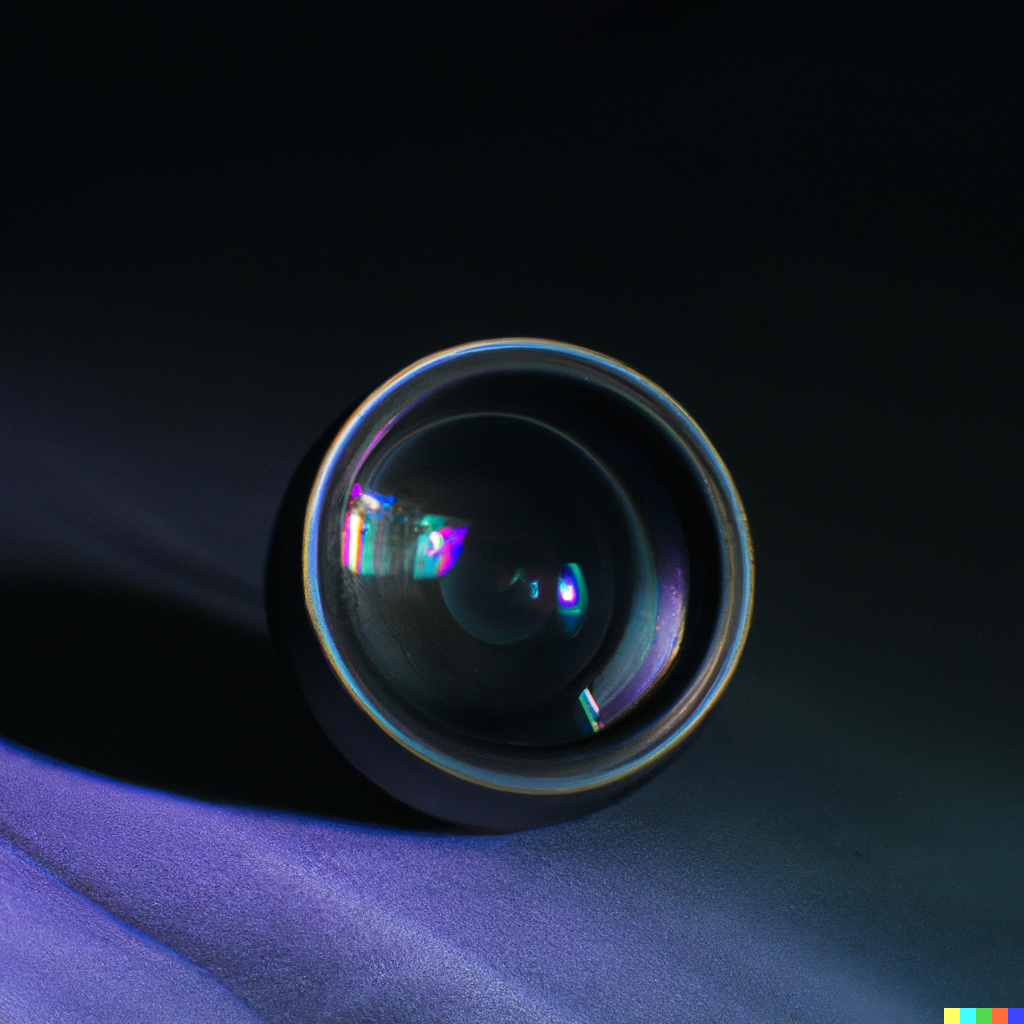
Nonlinear optics is the study of the nonlinear properties of light, including the study of harmonic generation, optical parametric amplification, and self-focusing. Here are some specializations within nonlinear optics:
- High harmonic generation: This specialization involves the study of the production of high-energy photons by the interaction of intense laser light with matter, including the study of the dynamics of the process and the application of the generated radiation.
- Optical solitons: This specialization involves the study of self-sustaining localized light waves that can propagate through a medium without changing their shape, including the study of the formation, interaction, and stability of solitons.
- Nonlinear optical microscopy: This specialization involves the study of the use of nonlinear optical processes for imaging biological tissues, including the study of the contrast mechanisms and the development of new imaging techniques.
- Ultrafast optics: This specialization involves the study of the interaction of intense laser pulses with matter on ultrafast timescales, including the study of the dynamics of the process and the application of the generated radiation.
- Nonlinear optical materials: This specialization involves the study of materials that exhibit nonlinear optical properties, including the study of their synthesis, characterization, and application in devices.
- Nonlinear optical phenomena in fiber optics: This specialization involves the study of the use of nonlinear optical processes in fiber-optic communication systems, including the study of the formation and interaction of optical solitons in fibers.
- Nonlinear spectroscopy: This specialization involves the study of the use of nonlinear optical processes for the study of chemical and biological systems, including the study of the dynamics of molecular vibrations and the development of new spectroscopic techniques.

Quantum optics is the study of the interaction between light and matter at the quantum level. Here are some specializations within quantum optics:
- Quantum information: This specialization involves the study of the use of quantum systems for the transmission, storage, and processing of information, including the study of quantum cryptography, quantum teleportation, and quantum computing.
- Quantum optics in solid-state systems: This specialization involves the study of the interaction of light with solid-state systems, including the study of quantum dots, superconducting qubits, and defect centers in diamond.
- Quantum measurement: This specialization involves the study of the measurement of quantum systems, including the study of quantum tomography, quantum state preparation, and quantum error correction.
- Quantum coherence: This specialization involves the study of the coherence properties of quantum systems, including the study of entanglement, coherence transfer, and quantum coherence in complex systems.
- Atom-photon interactions: This specialization involves the study of the interaction between atoms and photons, including the study of atom trapping and cooling, single atom detection, and cavity QED.
- Quantum metrology: This specialization involves the study of the use of quantum systems for precise measurements, including the study of quantum limits of measurement, quantum metrology with entangled states, and quantum-enhanced sensing.
- Quantum optics in biological systems: This specialization involves the study of the application of quantum optics techniques to biological systems, including the study of quantum entanglement in photosynthesis, quantum coherence in bird navigation, and the development of quantum sensors for biomedical applications.
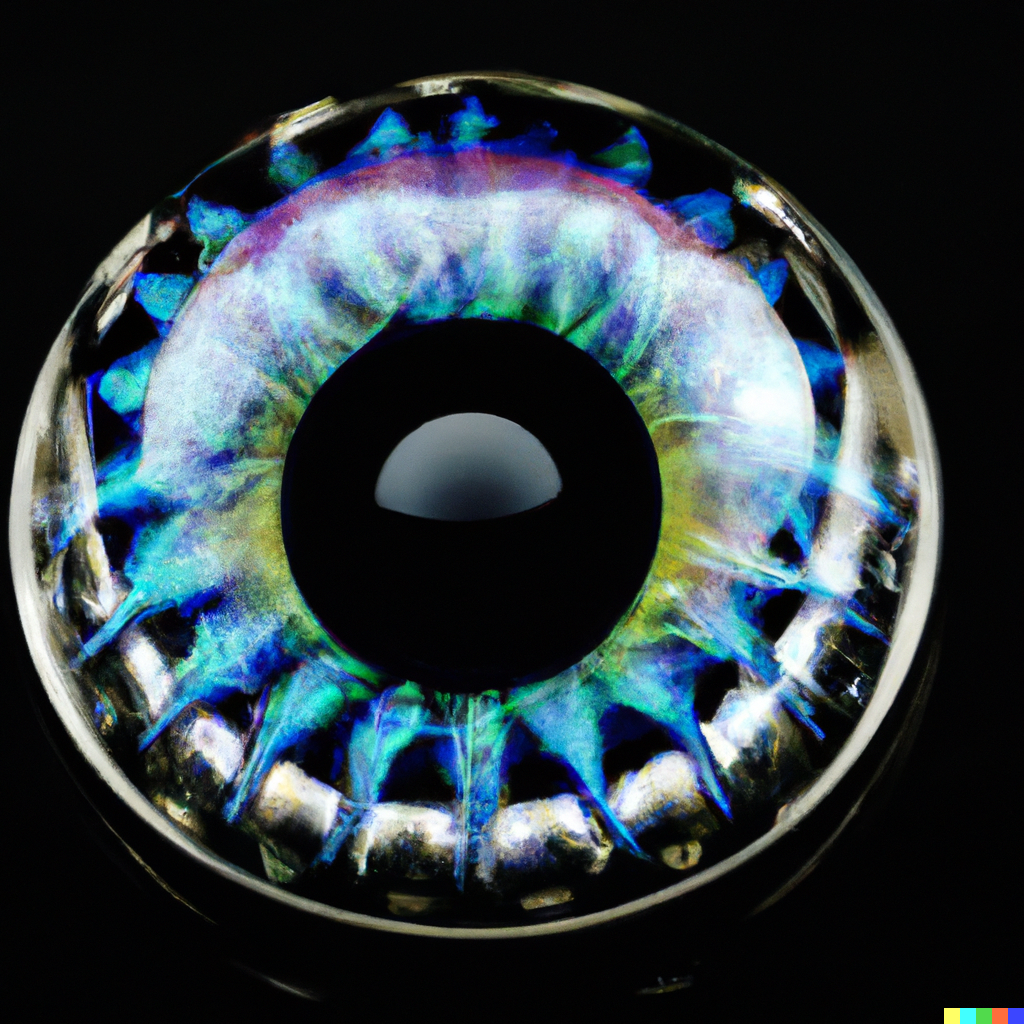
Optoelectronics is the study of the interaction between light and electronic devices. Here are some specializations within optoelectronics:
- Light-emitting diodes (LEDs): This specialization involves the study of the design and fabrication of LEDs, including the study of the properties of the materials used, the development of new device structures, and the optimization of device performance.
- Solar cells: This specialization involves the study of the design and fabrication of solar cells, including the study of the properties of the materials used, the development of new device structures, and the optimization of device performance.
- Photodetectors: This specialization involves the study of the design and fabrication of photodetectors, including the study of the properties of the materials used, the development of new device structures, and the optimization of device performance.
- Optoelectronic integrated circuits (OEICs): This specialization involves the study of the integration of optical components and electronic devices on a single chip, including the study of waveguides, photodetectors, and amplifiers.
- Optical fibers: This specialization involves the study of the design and fabrication of optical fibers, including the study of the properties of the materials used, the development of new fiber structures, and the optimization of fiber performance.
- Display technology: This specialization involves the study of the design and fabrication of displays, including the study of the properties of the materials used, the development of new device structures, and the optimization of device performance.
- Optical data storage: This specialization involves the study of the use of optical techniques for the storage and retrieval of data, including the study of the properties of the materials used, the development of new storage media, and the optimization of storage performance.
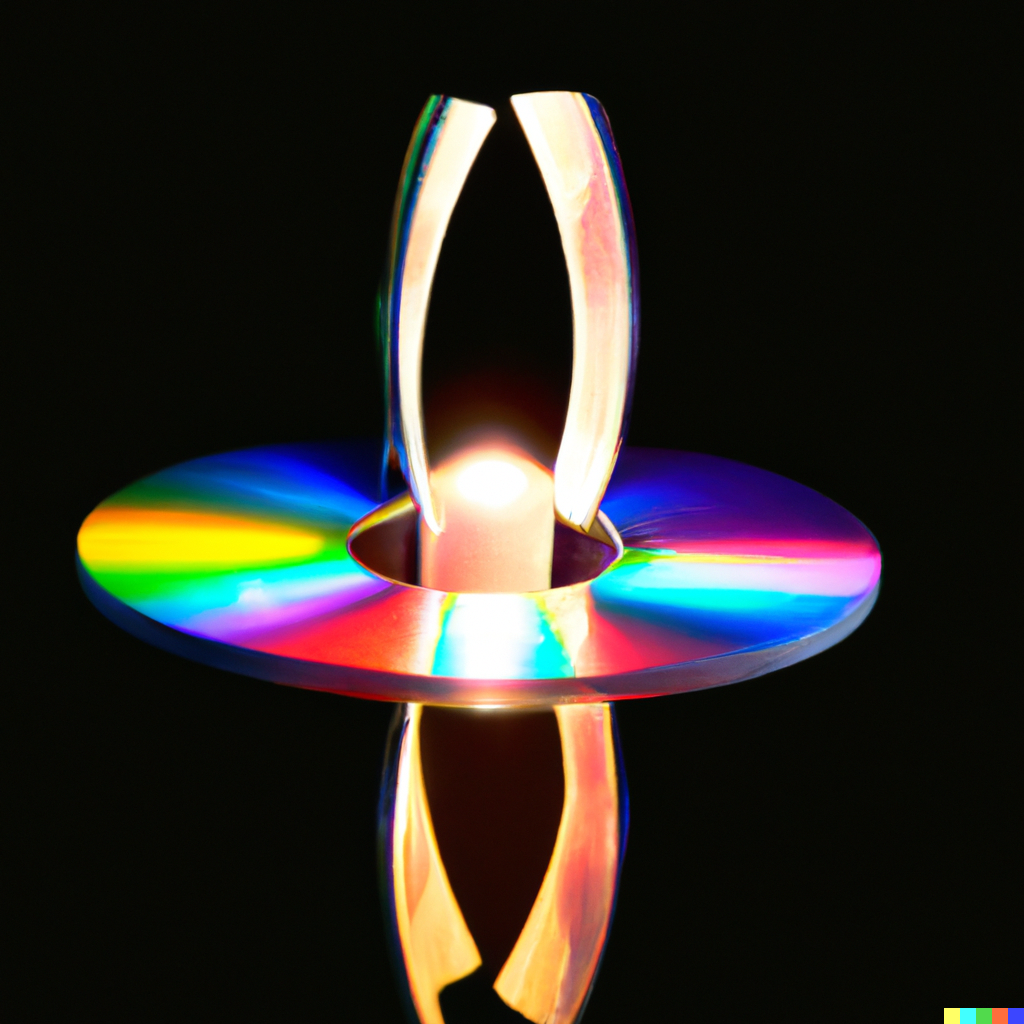
Ultrafast optics is the study of the interaction of intense laser pulses with matter on ultrafast timescales. Here are some specializations within ultrafast optics:
- Attosecond science: This specialization involves the study of the dynamics of electronic processes on the attosecond (10^-18 s) timescale, including the study of the interaction of light with atoms and molecules, and the development of new tools for studying ultrafast phenomena.
- Femtosecond laser technology: This specialization involves the study of the design and operation of lasers that produce pulses with durations on the order of femtoseconds (10^-15 s), including the study of laser gain media, laser resonators, and laser applications.
- Ultrafast spectroscopy: This specialization involves the study of the use of ultrafast pulses of light for the study of the dynamics of chemical and biological systems, including the study of energy transfer, chemical reactions, and protein dynamics.
- Nonlinear optics: This specialization involves the study of the nonlinear properties of light, including the study of harmonic generation, optical parametric amplification, and self-focusing, on ultrafast timescales.
- Terahertz science: This specialization involves the study of the interaction of intense laser pulses with matter in the terahertz frequency range (10^12 Hz), including the study of the properties of materials, the development of new terahertz sources, and the application of terahertz radiation in sensing and imaging.
- Ultrafast imaging: This specialization involves the development of techniques for imaging ultrafast phenomena, including the study of the dynamics of chemical and biological systems, and the development of new imaging techniques for ultrafast microscopy.
- High-harmonic generation: This specialization involves the study of the production of high-energy photons by the interaction of intense laser light with matter, including the study of the dynamics of the process and the application of the generated radiation in imaging and spectroscopy.

Biomedical optics is the application of optical techniques to biomedical problems. Here are some specializations within biomedical optics:
- Optical imaging: This specialization involves the use of light to create images of biological tissues, including the study of the development of new imaging modalities, the optimization of imaging performance, and the application of imaging in diagnosis and treatment.
- Optical spectroscopy: This specialization involves the use of light to measure the properties of biological tissues, including the study of the development of new spectroscopic techniques, the optimization of spectroscopic performance, and the application of spectroscopy in diagnosis and treatment.
- Optical manipulation: This specialization involves the use of light to manipulate biological tissues and cells, including the study of optical tweezers, laser ablation, and optogenetics.
- Photodynamic therapy: This specialization involves the use of light to activate photosensitizing agents that selectively kill cancer cells, including the study of the development of new photosensitizing agents, the optimization of treatment protocols, and the application of photodynamic therapy in cancer treatment.
- Optical coherence tomography (OCT): This specialization involves the use of low-coherence interferometry to create images of biological tissues, including the study of the development of new OCT techniques, the optimization of OCT performance, and the application of OCT in diagnosis and treatment.
- Fluorescence imaging: This specialization involves the use of fluorescent dyes to label biological tissues and cells for imaging, including the study of the development of new fluorescent dyes, the optimization of imaging protocols, and the application of fluorescence imaging in diagnosis and treatment.
- Optical micro/nanomanipulation: This specialization involves the use of optical tools to manipulate micro/nanoparticles in biological systems, including the study of the development of new manipulation techniques, the optimization of manipulation performance, and the application of optical micro/nanomanipulation in diagnosis and treatment.

ptics for astronomy is the application of optical techniques to the study of astronomical objects and phenomena. Here are some specializations within optics for astronomy:
- Optical telescopes: This specialization involves the design and construction of telescopes that use mirrors or lenses to collect and focus light from astronomical objects, including the study of the properties of telescope mirrors and lenses, the optimization of telescope performance, and the development of new telescope technologies.
- Adaptive optics: This specialization involves the use of real-time measurements of atmospheric turbulence to correct for the effects of the Earth’s atmosphere on astronomical images, including the study of the design and operation of adaptive optics systems, the optimization of adaptive optics performance, and the development of new adaptive optics technologies.
- Spectroscopy: This specialization involves the use of optical techniques to measure the properties of astronomical objects, including the study of the development of new spectroscopic techniques, the optimization of spectroscopic performance, and the application of spectroscopy in the study of astronomical objects and phenomena.
- Imaging: This specialization involves the use of optical techniques to create images of astronomical objects, including the study of the development of new imaging technologies, the optimization of imaging performance, and the application of imaging in the study of astronomical objects and phenomena.
- Interferometry: This specialization involves the use of interferometric techniques to measure the properties of astronomical objects, including the study of the development of new interferometric techniques, the optimization of interferometric performance, and the application of interferometry in the study of astronomical objects and phenomena.
- Polarimetry: This specialization involves the use of optical techniques to measure the polarization properties of astronomical objects, including the study of the development of new polarimetric techniques, the optimization of polarimetric performance, and the application of polarimetry in the study of astronomical objects and phenomena.
- Space optics: This specialization involves the design and construction of optical instruments for space-based observations of astronomical objects and phenomena, including the study of the properties of space optics materials, the optimization of space optics performance, and the development of new space optics technologies.
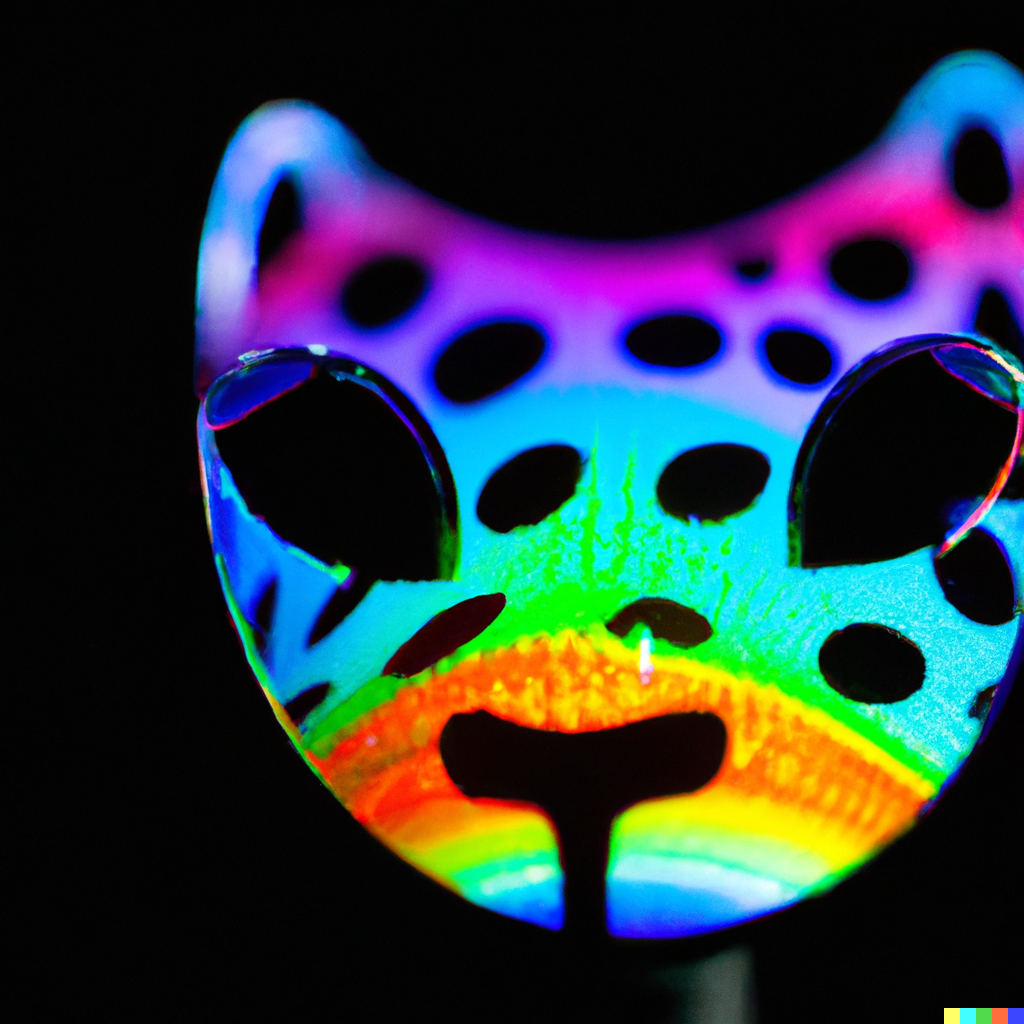
Optics for manufacturing is the application of optical techniques to the manufacturing process. Here are some specializations within optics for manufacturing:
- Laser material processing: This specialization involves the use of lasers to cut, weld, and mark materials, including the study of laser properties, the optimization of laser processing parameters, and the development of new laser technologies.
- Optical metrology: This specialization involves the use of optical techniques to measure the properties of manufactured components, including the study of the development of new metrology techniques, the optimization of metrology performance, and the application of metrology in quality control.
- Optical inspection: This specialization involves the use of optical techniques to inspect manufactured components for defects, including the study of the development of new inspection techniques, the optimization of inspection performance, and the application of inspection in quality control.
- Optical sensing: This specialization involves the use of optical sensors to monitor manufacturing processes, including the study of the development of new sensing techniques, the optimization of sensing performance, and the application of sensing in process control.
- Optical lithography: This specialization involves the use of light to pattern materials for semiconductor manufacturing, including the study of lithography systems, the optimization of lithography performance, and the development of new lithography technologies.
- Optics for 3D printing: This specialization involves the use of optical techniques for 3D printing, including the study of the development of new printing technologies, the optimization of printing performance, and the application of 3D printing in manufacturing.
- Optical assembly: This specialization involves the use of optical techniques for the assembly of components, including the study of the development of new assembly techniques, the optimization of assembly performance, and the application of assembly in manufacturing.
